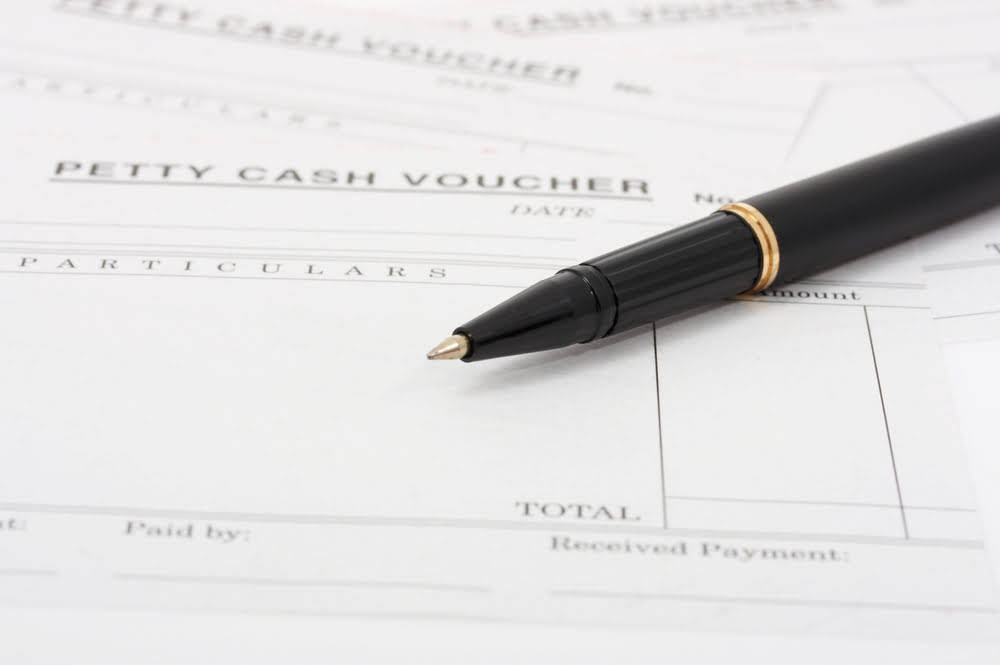
For example, in a 2-for-1 stock split, the share price is halved, but the outstanding shares double, improving affordability and attracting a broader investor base. The number of outstanding shares influences market capitalization, a critical metric for valuing companies. Investors use outstanding shares to gauge a company’s size and compare it with peers. A significant change in outstanding shares, such as through a stock buyback or issuance, can signal strategic shifts and impact investor sentiment.
- The weighted average number of outstanding shares in our example would be 150,000 shares.
- You can find shares outstanding at the top of a company’s 10-Q or 10-K filing.
- As you look through a company’s financial documents, don’t confuse outstanding shares with issued shares, which is a slightly different category and includes treasury stock.
- However, to learn how to calculate outstanding shares, you must figure out the authorized and treasury stock, especially if you don’t have all the balance sheet information.
How to Find the Number of Shares of Stock on an Income Statement
In this way, the number of both issued and outstanding shares is reduced. Outstanding shares equation differ from issued (Authorized) as authorized shares are the number of shares a corporation is legally allowed to issue. In contrast, outstanding stocks are the ones already issued in the market. Investors often track https://www.instagram.com/bookstime_inc changes in outstanding shares as part of their broader analysis when making investment decisions. Understanding the dynamics of outstanding shares is integral to comprehending a company’s financial health and market position. Overall, the number of shares outstanding, the metrics you can calculate from it, and related metrics — like the float — provide key insights to investors.
How to Calculate Total Common Shares Outstanding
If that’s the case, congratulations, you don’t need to do any calculations. But usually you will need to pull several numbers from the balance sheet in order to calculate the total outstanding shares formula. Companies that have publicly traded stocks in the United States are required to file public financial disclosures to the Securities and Exchange Commission (SEC) which include the company’s balance sheet. You can also find the company’s balance sheet in its annual report, which can often be found on the company’s website. Outstanding shares are an important aspect of stock market trading as they have a direct impact on the company’s market capitalization and shareholder equity.
- Should they do so, however, they would also contribute $50 million in cash to the corporate treasury.
- The outstanding stock is equal to the issued stock minus the treasury stock.
- Calculating the weighted average number of shares resolves the problem by taking into account the length of time that the changed number was in effect.
- The par value is the stated or nominal value of each share and the paid-in capital is the amount in excess of the par value received when issuing the shares.
- A recent example of a reverse stock split is General Electric’s (GE) 1-for-8 reverse stock split during the summer of 2021.
- The number of outstanding shares affects several key financial metrics and ratios, including earnings per share (EPS) and price-to-earnings (P/E) ratio.
Basic EPS = Basic Weighted Average Shares

The https://www.bookstime.com/ number of shares of common stock outstanding is a metric that tells us how many shares of a company are currently owned by investors. This can often be found in a company’s financial statements, but is not always readily available — rather, you may see terms like “issued shares” and “treasury shares” instead. Besides, it can be helpful to understand where the numbers you’re looking at came from.
- To calculate the weighted average of outstanding shares, multiply the number of outstanding shares per period by the proportion of the total time covered by each period.
- And if these instruments are in the money, they represent current ownership of the company, even if technically the shares underlying the options, warrants or debt haven’t yet been issued.
- And it also enables you to understand some of the moves a company makes if the basic values drastically change from one reporting period to another.
- A reverse stock split would decrease the number of issued and outstanding shares.
- Authorized shares are the maximum number of shares a company can issue, as specified in its corporate charter.
What are outstanding shares?

You’ll also see the various other stock categories, so don’t let that confuse you. One possible point of confusion we still need to mention is stock given to employees as compensation, typically in some combination of restricted stock, options, or equity grants. It is worth noting, though, that companies may buy back some of the shares they issued.
What Does Total Stockholders Equity Represent?

The number of shares outstanding increases when a company issues additional shares or when employees exercise stock options. Corporations raise money through an initial public offering (IPO) by exchanging equity stakes in the company for financing. An increase in the number of shares outstanding boosts liquidity but increases dilution. Before their availability on the secondary market, shares are authorized, issued, and, finally, purchased by investors who became equity owners or shareholders of the issuing company. Shareholders of common stock typically possess the right to participate in annual shareholders meetings and contribute toward the election of the company’s board of directors.

When companies consider their stocks to be undervalued, they often initiate a share repurchase program, buying back some of their issued shares at how to find number of common shares outstanding a favorable price. For example, let’s say a company has 100,000 shares outstanding at the start of the year. Halfway through the year, it issues new shares in the amount of an additional 100,000 shares. There are inherent risks involved with investing in the stock market, including the loss of your investment. Once you know how to calculate the outstanding shares, you can use this number to calculate a number of valuation metrics, or measures of a company’s performance and future earnings potential. Once you locate the line item for preferred stock, take note of the total number of preferred shares outstanding.
Should they do so, however, they would also contribute $50 million in cash to the corporate treasury. The offers that appear on this site are from companies that compensate us. But this compensation does not influence the information we publish, or the reviews that you see on this site. We do not include the universe of companies or financial offers that may be available to you.
Issued shares are those given out in exchange for money to investors or as compensation for work or supplies one does or provides for the company to employees and suppliers. While people tend to confuse them with shares outstanding, they are not completely similar. Floating stock is a narrower way of analyzing a company’s stock by shares. It excludes closely held shares, which are stock shares held by company insiders or controlling investors. These types of investors typically include officers, directors, and company foundations. For the most part, there’s no need to calculate the number of shares a firm has because the firm itself will disclose the number itself.
